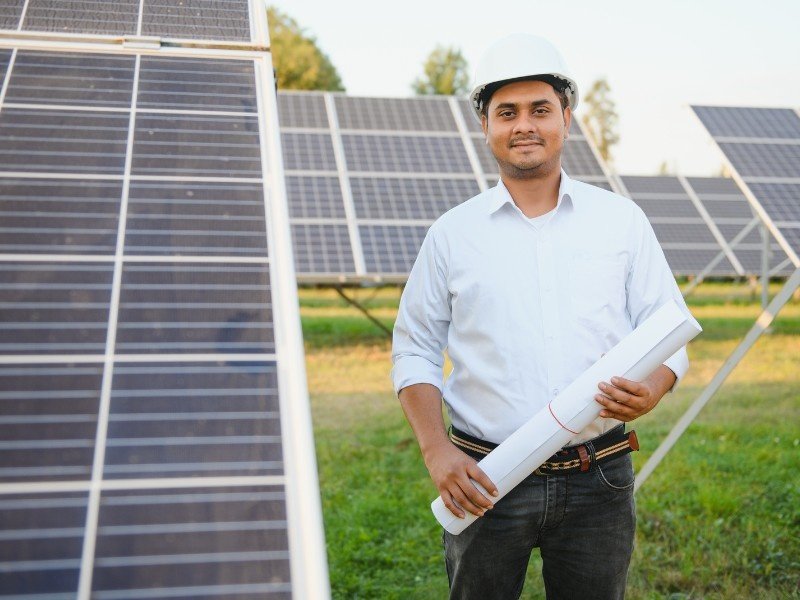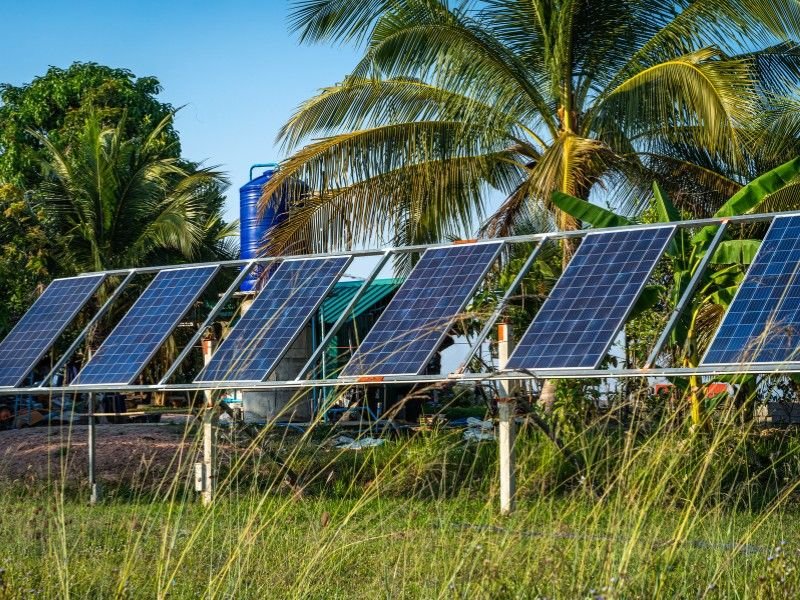Karnataka is emerging as one of the biggest places to use renewable energy. Solar Energy has gained popularity in Karnataka, where a policy for using solar energy was introduced in 2011. Since then, technology has rapidly grown to improve solar energy adoption. Karnataka explains the importance of rooftop solar devices.
India’s Central and State governments are promoting schemes to reduce the financial burden of using solar energy. These schemes aim to reduce the dependency on traditional energy sources to ensure a sustainable future. This blog will guide you about the benefits, application process, and challenges of solar subsidies in Karnataka.
Subsidy Schemes in Karnataka
1. State-Level Subsidy Program
The Bangalore Electricity Supply Company (BESCOM) facilitates solar rooftop installations under MNRE guidelines, offering up to a 40% subsidy for systems up to 3kW and 20% for capacities between 3kW and 10kW. Currently, subsidies are primarily available for residential sectors, while industries may explore alternative incentives like tax benefits or renewable energy certificates (RECs).
Key Features of the Subsidy:
2. Central Subsidy Programs
Solar subsidies for rooftop solar setups are given by the Ministry of New and Renewable Energy (MNRE) across India. Customers that are eligible in Karnataka, can use these schemes along with other benefits.
Key Features of the Subsidy:
3. Subsidies for Farmers and Rural Areas
Farmers can install solar pumps and decentralized solar projects under the PM Kusum Yojana. This scheme promotes the use of renewable sources of energy in rural areas. It also helps to increase productivity for agricultural purposes.
Key Features of the Subsidy:
Eligibility Criteria to Apply for Subsidy
How to Apply for Solar Subsidy in Karnataka?
Applying for a solar subsidy in Karnataka is a simple process. Here is how you can proceed step by step:
By following these steps, you can easily avail yourself of the solar subsidy in Karnataka and contribute to a greener future.


Common Challenges with Subsidies
- 1
Delay in Process: The application process may experience delays due to manual verifications and high volumes of applications.
- 2
Limit on Industrial Subsidies: The schemes for industrial subsidies are often limited. Industries and other institutes need to find other resources for funding.
- 3
Lack of Awareness: People in many areas are still not aware of the benefits of solar subsidies. This discourages them from using solar energy as a resource. Rural areas may still use conventional sources of energy.
How Can Alpex Solar Help?
Alpex Solar simplifies the entire process of installing solar panels in Karnataka:
- 1
End-to-End Assistance: From initial consultation to installation, Alpex Solar manages everything, including handling the solar subsidy application on behalf of clients.
- 2
High-Quality Panels: We provide only the best quality panels, ensuring efficiency and durability.
- 3
Long-Term Support: Our service agreements ensure that your solar system continues to perform at its best for years to come.
By leveraging the solar subsidies in Karnataka, you can make a smart investment in renewable energy that not only helps the environment but also saves you money in the long run.




